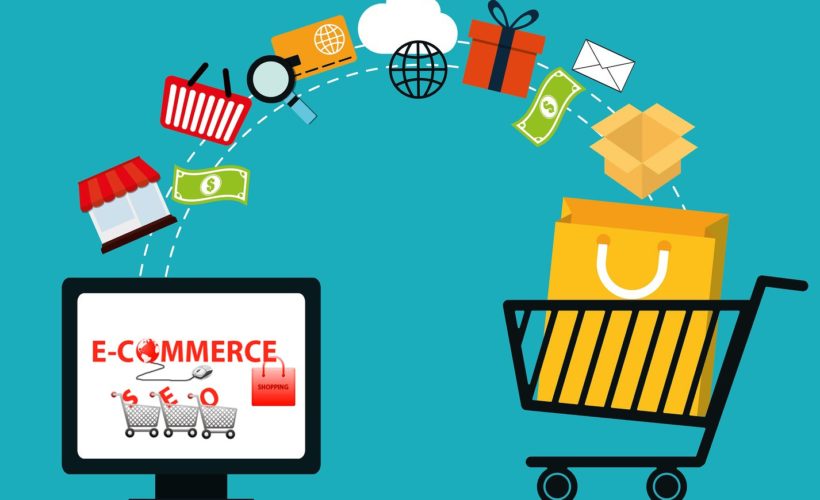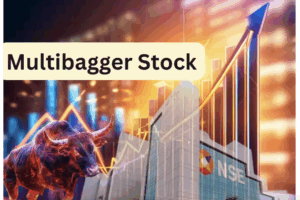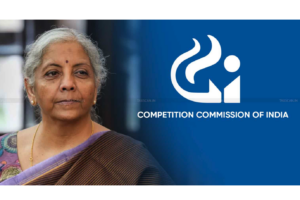
The Indian e-commerce market of 35 billion dollars is expected to grow at 25 per cent in the next five years and exceed 100 billion dollars by 2022, according to a recent report by PwC India and the National Association of Software & Services Companies (NASSCOM). The report titled ‘Propelling India towards global leadership in e-commerce’ further states that e-tail and e-travel will continue to hold over 90 per cent share of e-commerce, while online financial services will witness the fastest growth.
The report says three out of four online customers are expected to come from tier II markets and beyond. A vast majority of them will be relatively less tech-savvy, seek greater transparency from brand and prefer consuming content in local languages. Additionally, the report stresses on the need for harmonisation in the e-commerce policy framework that enables the growth of the sector. Sandeep Ladda, Partner, Global TMT Tax and India Technology Sector Leader, PwC India said, “There is a gradual shift in the focus of companies and investors alike towards adopting a sustainable economic model centred on the customer. As a result, the industry is seeing a growing focus on customer experience, thereby taking e-commerce beyond just selling things online. The next phase of growth in the sector would come from ensuring a seamless shopping experience, building digital trust, voice-based or conversational commerce and creating an inventory of localised content. Growing adoption of technology in e-commerce is enhancing the entire buy-sell experience for both buyers and sellers.”
Debjani Ghosh, President NASSCOM said, “The e-commerce sector has been contributing towards various macroeconomic growth parameters, evangelising local businesses and customers. In the next five years, the sector has the potential to create a million jobs in allied industries such as logistics, warehousing, etc. In addition, the FDI attracted enhances the country’s positioning significantly on the global stage. E-commerce companies have to focus on building loyalty which will translate into repeat sales.”
India’s middle class will be the largest segment of Indian population and in the next few years, is likely to consume as much as their Chinese counterparts do today. Their consumption pattern is expected to eventually supersede that of both the United States and China, the report says.
To experience exponential growth in the next phase, existing barriers pertaining to language, tech usability, logistics and regulatory compliances will have to be removed, the report said.



